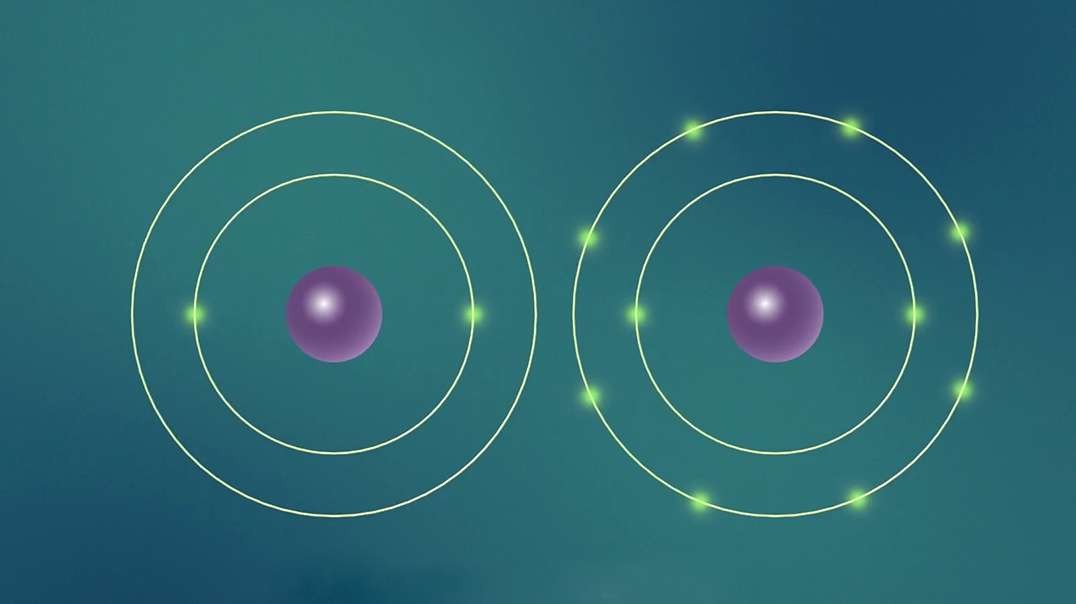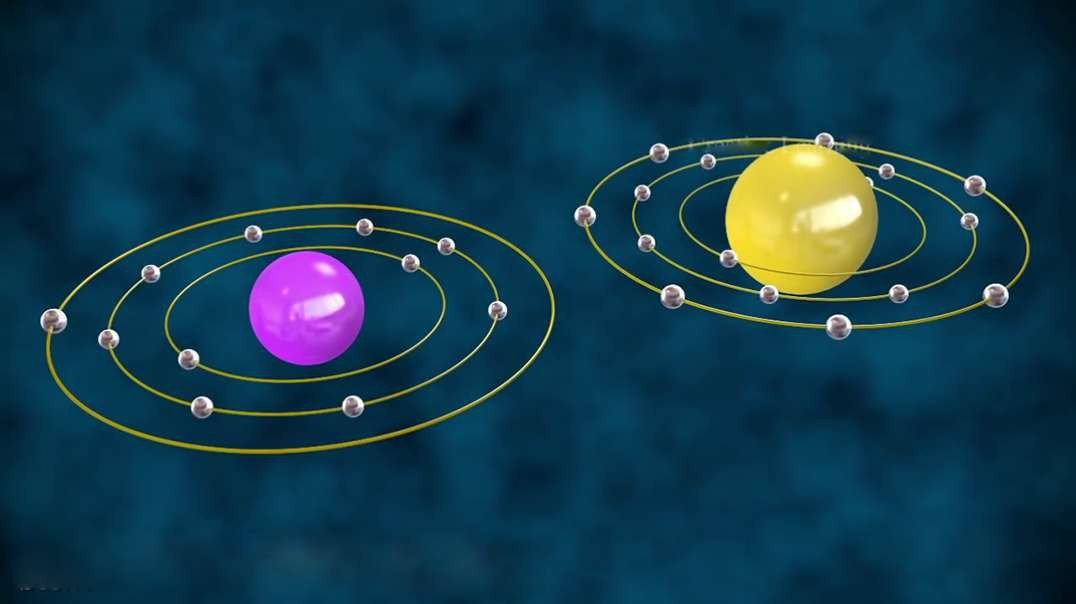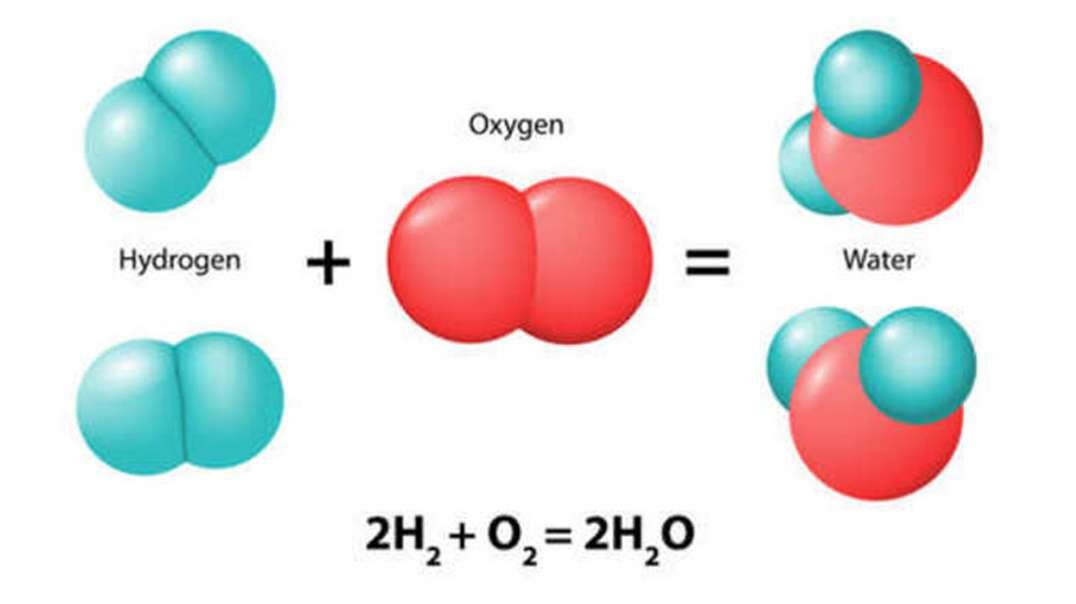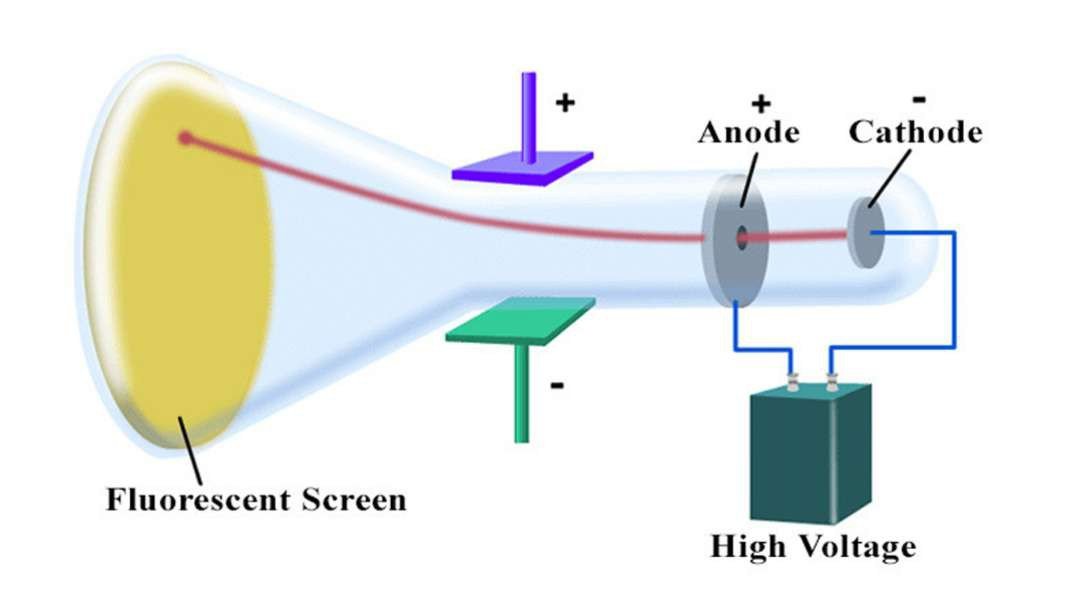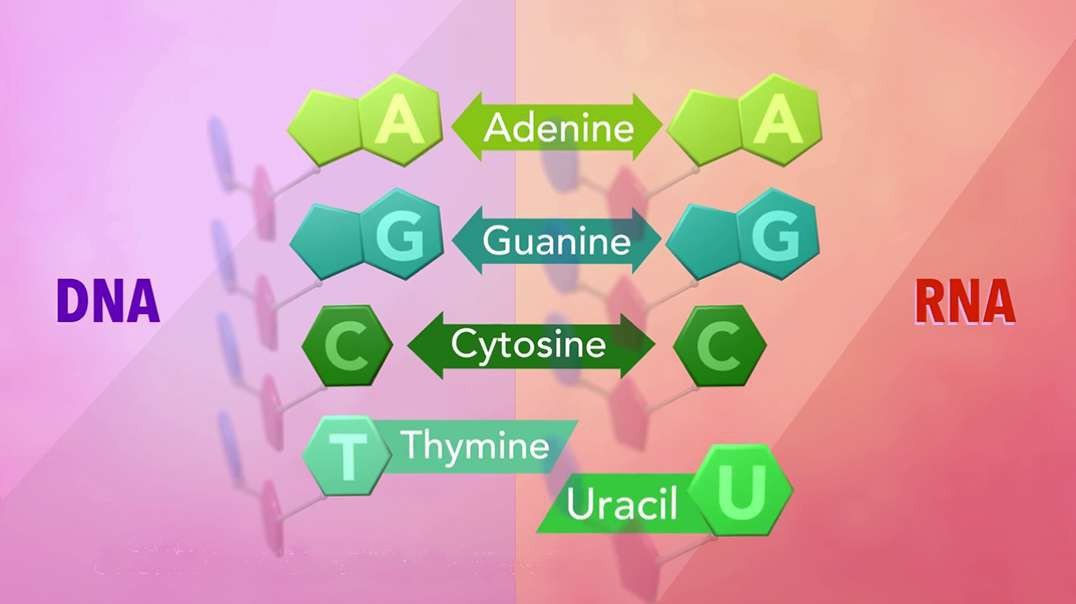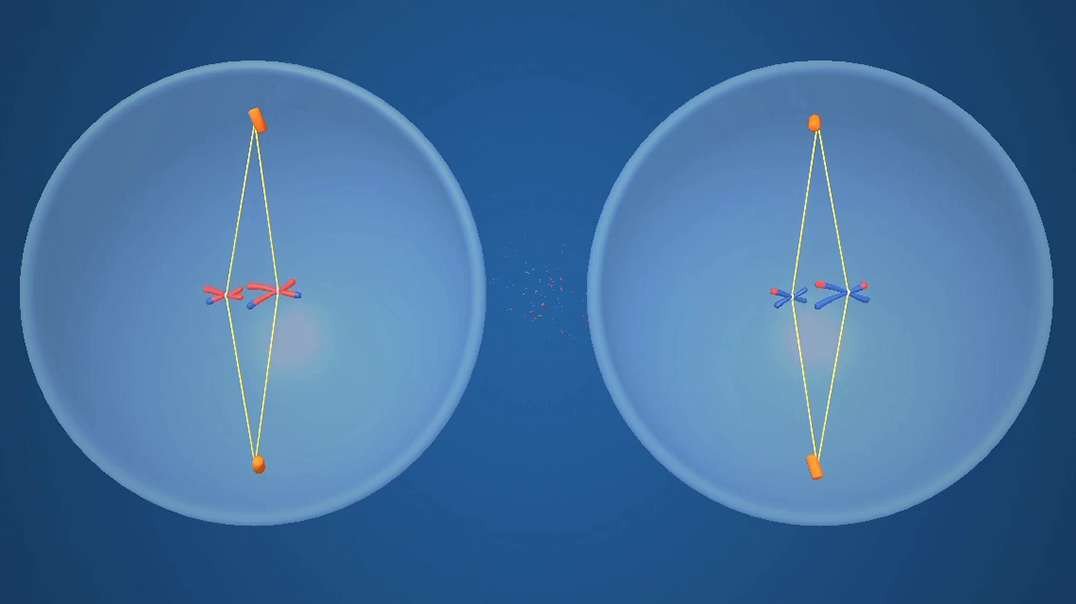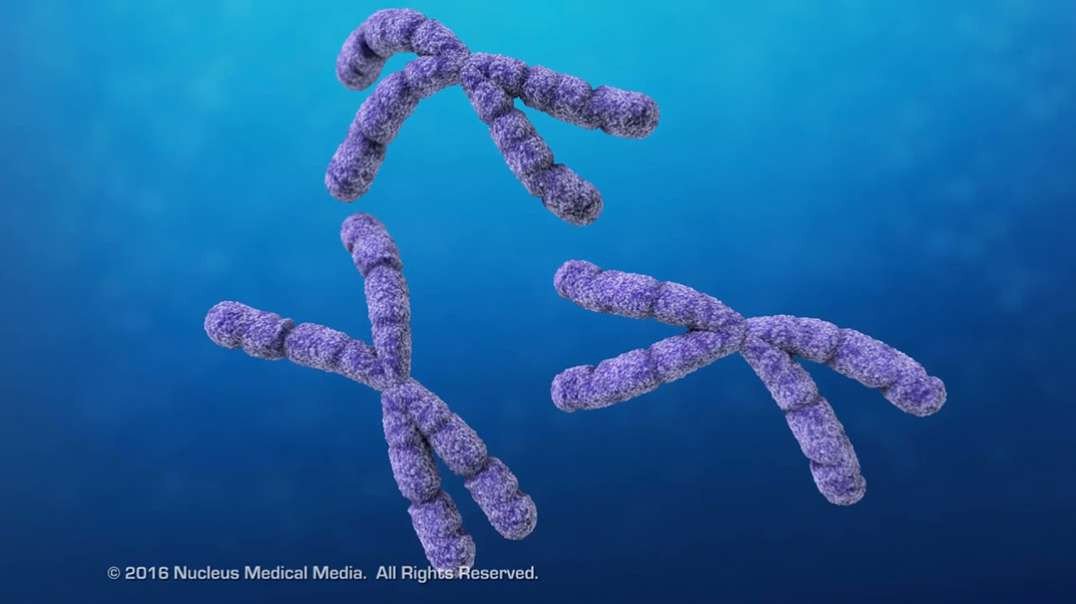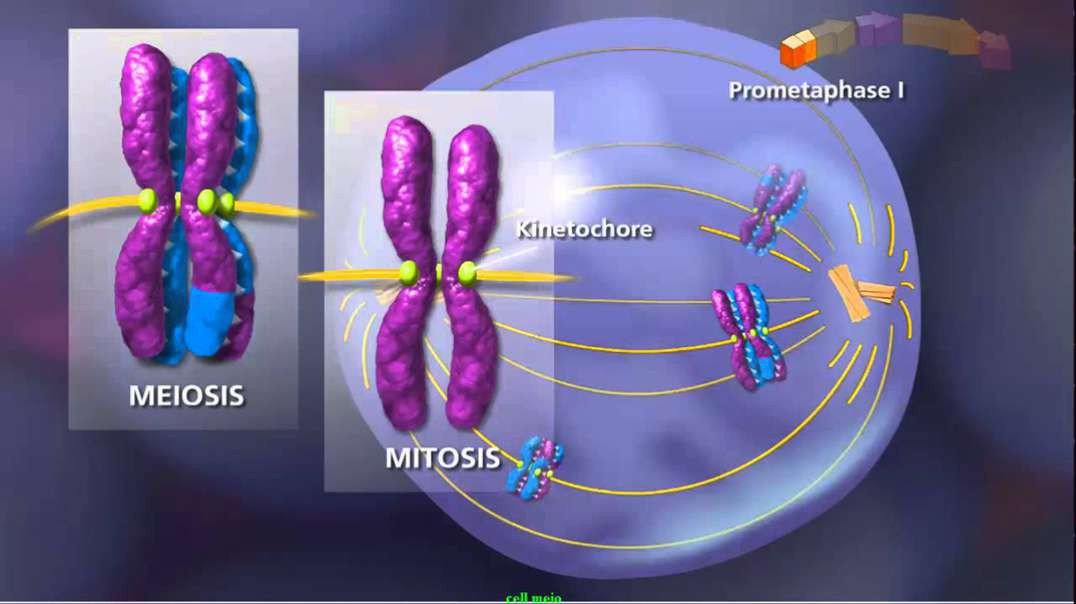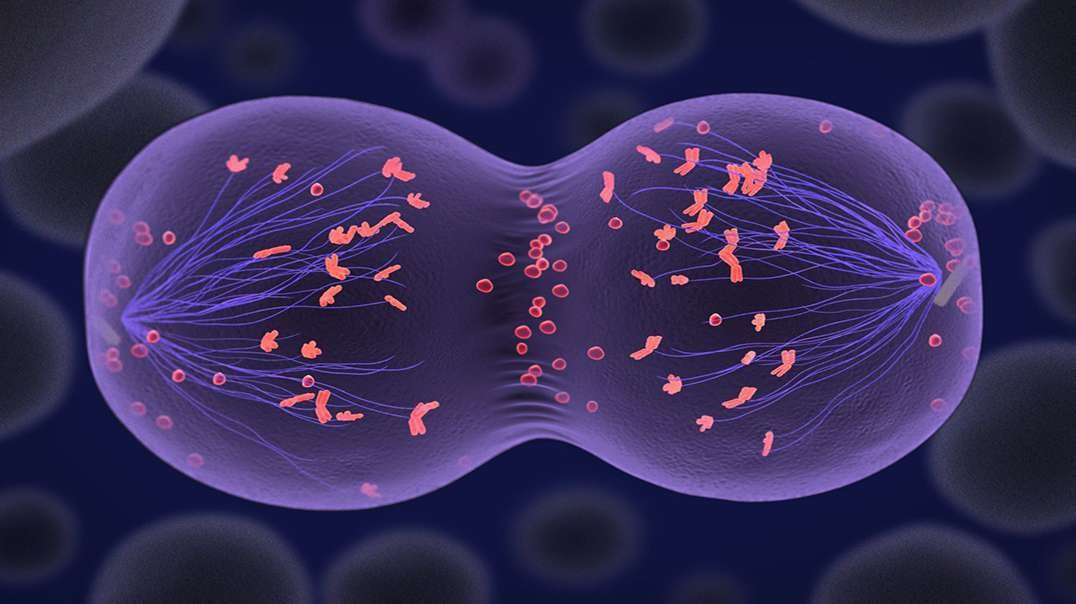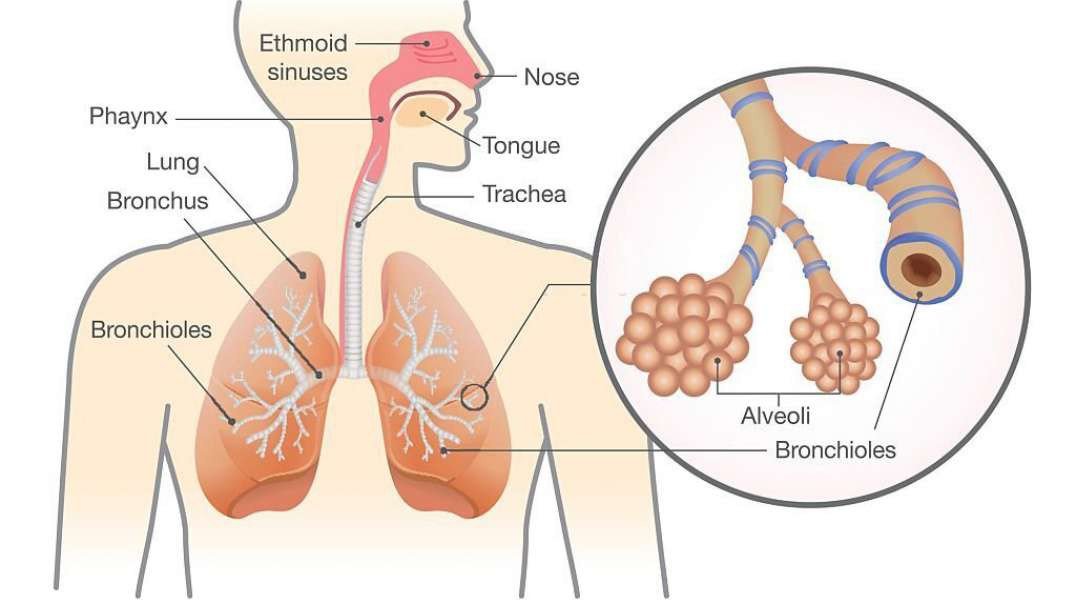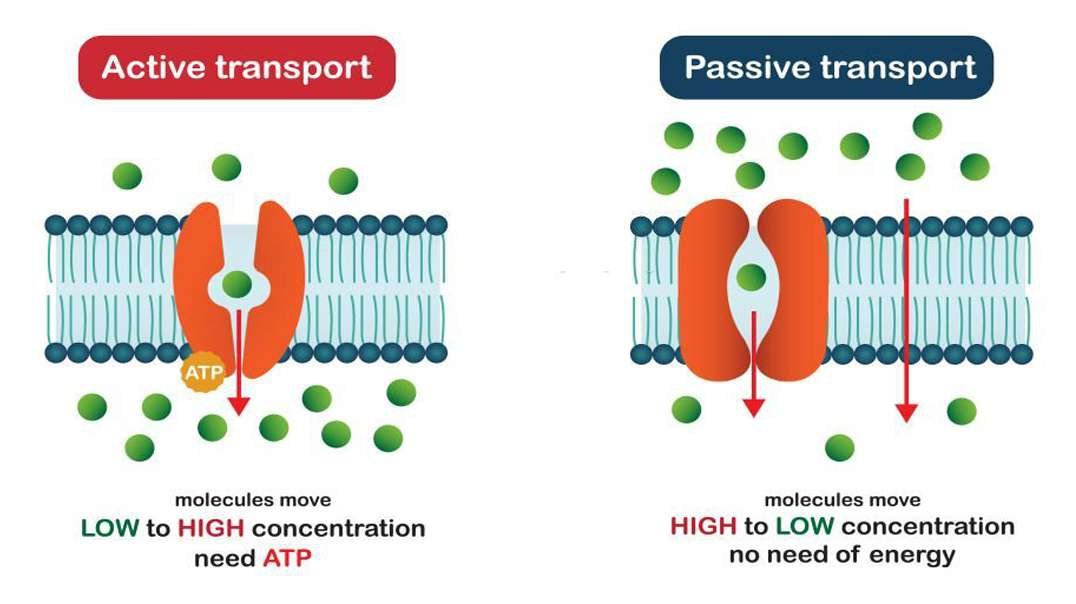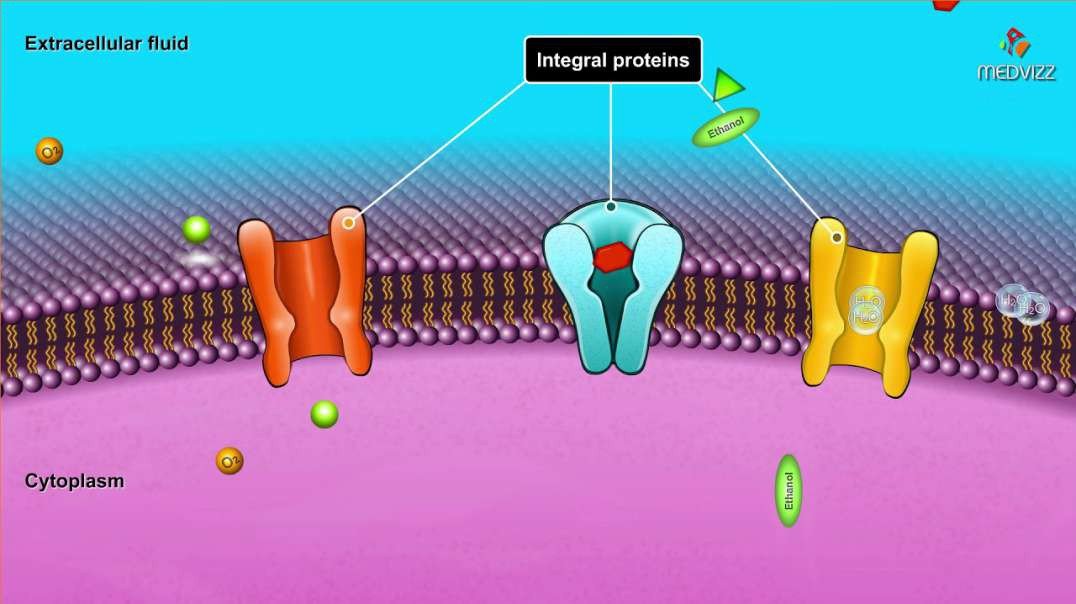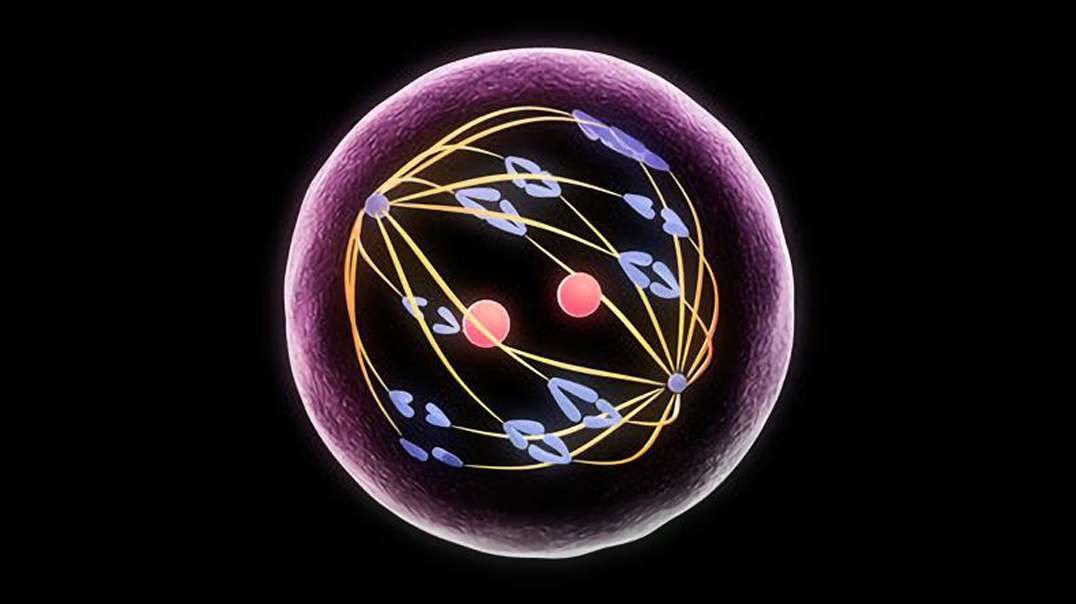
:
Overview of Meiosis
In this lesson, we'll look at an overview of the type of cell division called meiosis. Meiosis takes place in an organism's reproductive structures called gonads for the sole purpose of producing haploid gametes that are genetically different. These haploid gametes are sperm cells in the male and eggs in the female. In the plant kingdom, pollen grains contain the male gamete, while structures called ovules contain the female gamete. Let's take a brief look at how meiosis produces gametes. A cell about to undergo meiosis will have already replicated its chromosomes during interphase of the cell cycle. This original cell is diploid, which means it has two sets of chromosomes, one from each parent, sometimes written as 2n. Through two stages of cell division, meiosis produces four genetically different haploid gametes, sometimes written as n. For this reason, meiosis is also called reduction division. It reduces the total chromosome number in half. So, when the haploid sperm cell and haploid egg cell unite to form a zygote during fertilization, the diploid number of chromosomes is restored in the resultant zygote. We'll examine the details of meiosis one and two in a separate video.
